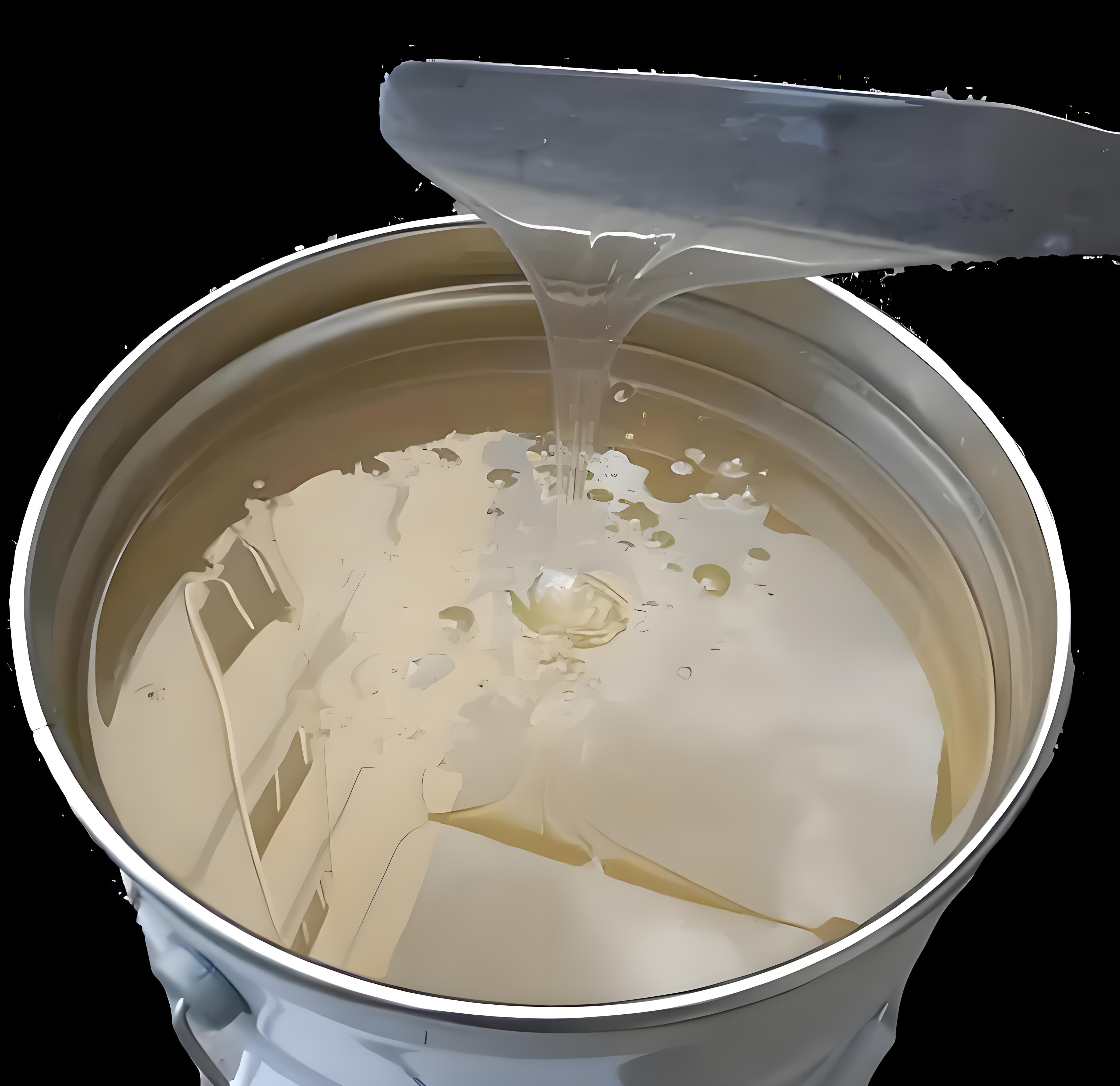-
 SUPPORTERS OF CHEMICAL TECHNOLOGYDEDICATED TO A BETTER LIFE
SUPPORTERS OF CHEMICAL TECHNOLOGYDEDICATED TO A BETTER LIFE -
-
Phone number+86-13414362583
-

News
Water-based acrylic adhesives frequently generate stable foam during production due to high-speed mixing, additive surfactants, or ambient humidity, leading to pinholes, reduced adhesion, and uneven coating. Persistent foam compromises substrate wetting and final bond strength. Chemi Tech's non-silicone defoamer addresses this via modified compatibility with acrylic systems, eliminating "fish-eye" defects or delamination risks associated with silicone-based alternatives.

A furniture manufacturer faced severe foam accumulation in acrylic assembly adhesive during high-humidity summers, causing porous glue lines and 35% lower peel strength. After adopting Chemi Tech KM-215 series with a phased addition protocol:
Initial Mixing: Add 0.3% defoamer to suppress surfactant-induced foam;
High-Speed Dispersion: Supplement 0.2% to burst mechanically entrained air bubbles;
Pre-Packaging Stage: Add 0.1% for prolonged foam suppression.
Results showed 90% less foam on coating lines, with bubble occurrence in glue seams reduced from 15% to under 0.5%. Post-aging bond strength reached 12 MPa (versus original 8 MPa), while production line speed increased by 20%.
Polar Group Anchoring: Rapid migration to air-liquid interfaces reduces localized surface tension;
Hydrophobic Particle Synergy: Nanoparticles rupture foam films to accelerate drainage;
High-Temperature Stability: Maintains performance at 55°C for summer production stability.
For high-solid acrylic systems, pre-dispersion with propylene glycol ether (1:1 ratio) is recommended to optimize distribution and prevent craters.
Guangzhou Chemi Tech New Material Co., Ltd.
Address : No. 3 Road, Lanshan Village, Xiancun Town, Zengcheng District, Guangzhou City
Contact : +86-19820415595(Manager Fang)
Tel : +86-13414362583(Manager Lee)
E-mail : crystal@gzchemitech.com
